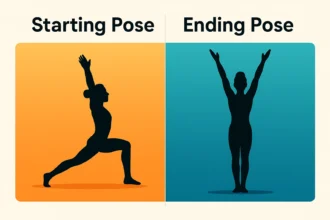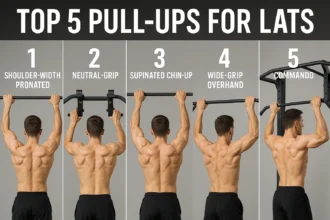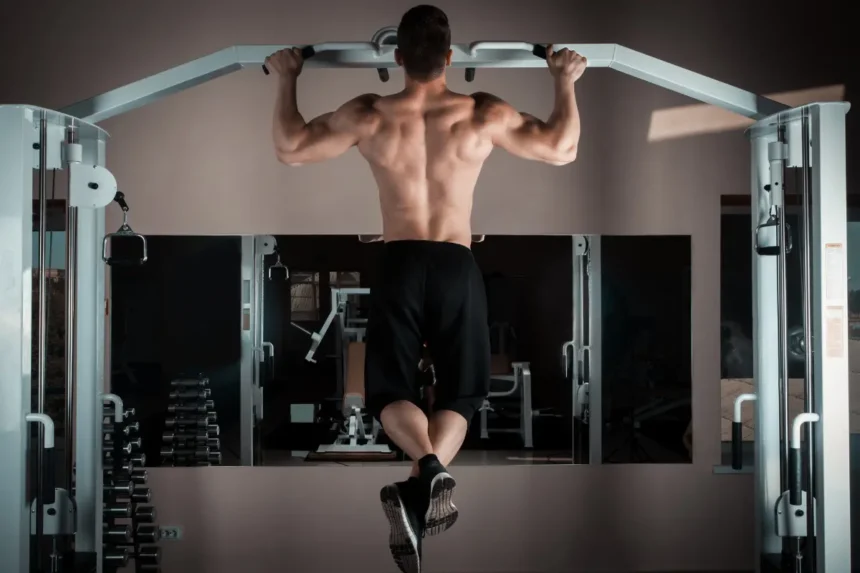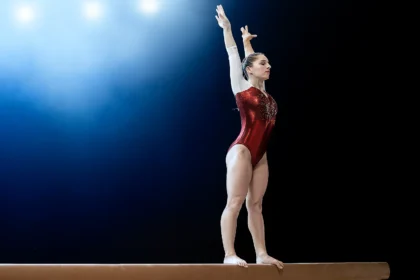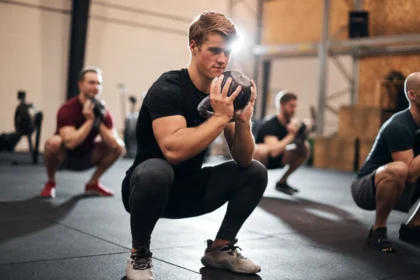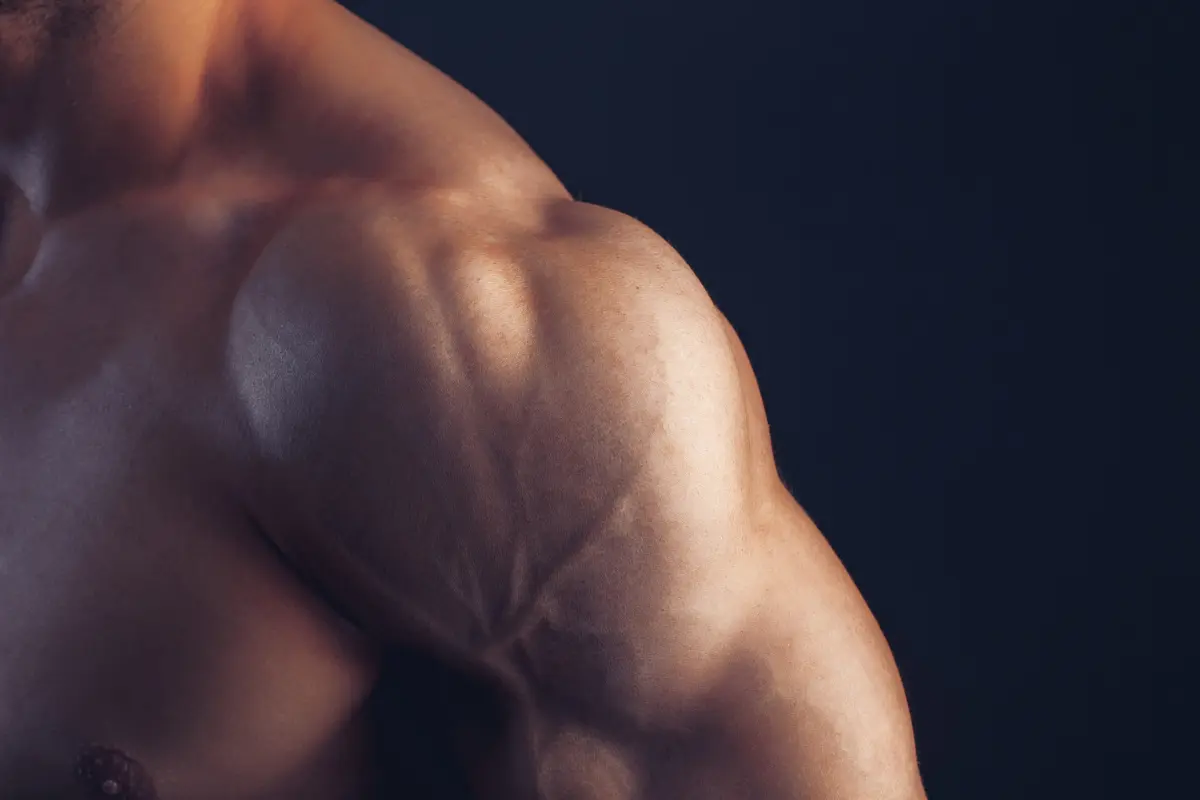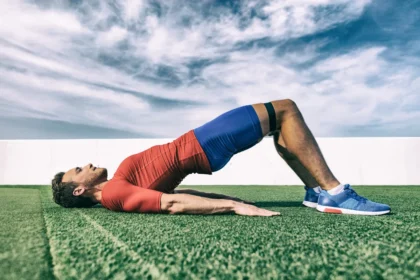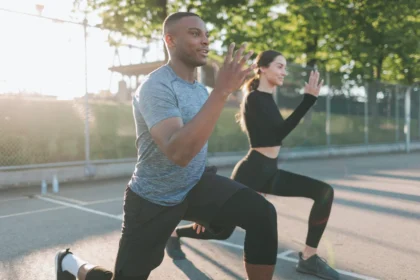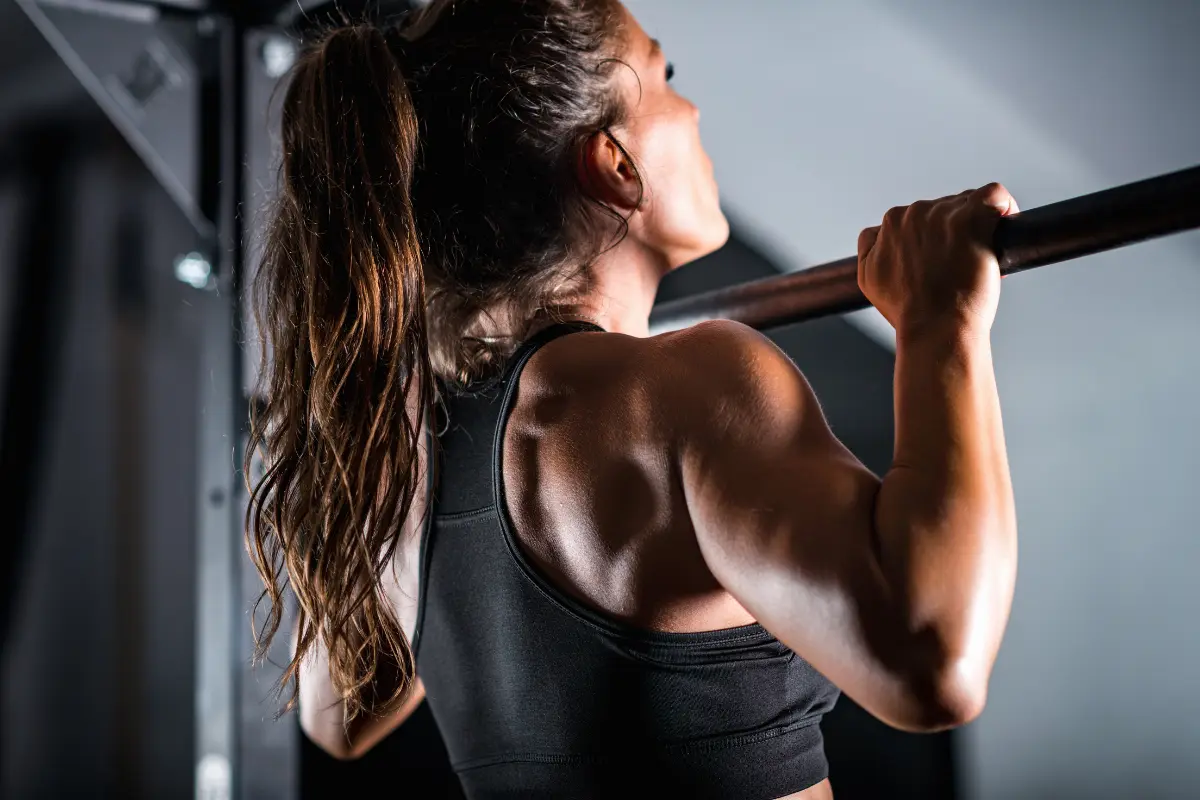Pull-ups are one of the most effective bodyweight exercises for upper-body strength. But by changing your grip, body position, or range of motion, you can shift the emphasis to different muscle groups. Below are 10 powerful pull-up variations, each with its key focus and training benefits.
1. Standard Pull-Up (Overhand Grip)
This classic pull-up is done with an overhand (palms-away) grip, slightly wider than shoulder-width. You start from a dead hang and pull your chin over the bar, then lower back down under control.
Primary Muscles Targeted:
- Latissimus dorsi
- Rhomboids
- Middle and lower trapezius
- Rear deltoids
- Biceps (secondary)
- Core stabilizers
The overhand grip limits biceps assistance, placing more load on your lats and upper back. It’s ideal for building foundational pulling strength and improving posture while developing a wide, muscular back. Your core stays active throughout to stabilize the body.
2. Chin-Up (Underhand Grip)
With palms facing toward you (supinated grip), chin-ups are performed with hands at shoulder width. Pull yourself up until your chin or chest clears the bar.
Primary Muscles Targeted:
- Biceps brachii
- Brachialis
- Latissimus dorsi
- Forearms
- Rhomboids (secondary)
The underhand grip places your biceps in a stronger pulling position, making this variation a favorite for arm development. While the lats still work hard, elbow flexors carry more of the load. It’s also a bit easier than standard pull-ups, which is great for beginners.
3. Neutral-Grip Pull-Up (Hammer Grip)
Palms face each other on parallel handles or bars, with your hands about shoulder-width apart. You pull straight up until your chin clears the handles.
Primary Muscles Targeted:
- Latissimus dorsi
- Biceps brachii
- Brachialis
- Forearms
- Rhomboids
The neutral grip keeps your shoulders in a natural, joint-friendly position. It offers balanced activation of both the back and arms, especially the brachialis—a deeper muscle that adds size to the upper arm. Great for anyone looking to train hard while minimizing shoulder strain.
4. Wide-Grip Pull-Up
This version uses a wider-than-shoulder-width overhand grip. You pull your chin over the bar as usual, but the wide hand placement changes the angle and recruitment.
Primary Muscles Targeted:
- Outer latissimus dorsi
- Teres major
- Lower trapezius
- Rear deltoids
- Rhomboids (secondary)
A wider grip stretches the outer lats more, emphasizing back width and that “V” taper. Because the biceps are less involved, your upper back must work harder. This variation is excellent for isolation but requires good shoulder mobility and control.
5. Commando Pull-Up
Using a staggered grip—one hand in front of the other—you pull your body up sideways so your head alternates from one side of the bar to the other.
Primary Muscles Targeted:
- Biceps brachii
- Latissimus dorsi
- Forearms
- Obliques
- Core stabilizers
This asymmetrical setup challenges each side of the body differently. It builds unilateral pulling strength, while the rotation adds core engagement—especially in the obliques. Commando pull-ups are great for tactical athletes or anyone looking to improve functional strength.
6. Chest-to-Bar Pull-Up
You pull higher than a normal pull-up until your upper chest touches the bar. This is common in CrossFit, gymnastics, and advanced calisthenics.
Primary Muscles Targeted:
- Latissimus dorsi
- Rhomboids
- Middle and lower trapezius
- Posterior deltoids
- Biceps
- Scapular stabilizers
Going beyond chin level forces more scapular retraction and upper back activation. This builds upper-body power, better posture, and more explosive pulling strength. It’s a great variation for advanced lifters or athletes.
7. L-Sit Pull-Up
Your legs stay extended straight out in front of you as you pull up, forming an “L” with your body. The grip can be overhand, underhand, or neutral.
Primary Muscles Targeted:
- Latissimus dorsi
- Rectus abdominis (core)
- Hip flexors
- Biceps
- Forearms
Holding the legs up adds a serious core challenge and forces strict control. With no momentum or swinging, your upper body works harder too. L-sit pull-ups are ideal for improving posture, body awareness, and full-body strength.
8. Archer Pull-Up
You pull toward one arm while the other stays mostly straight, creating a side-to-side motion that resembles drawing a bow.
Primary Muscles Targeted:
- Latissimus dorsi (pulling side)
- Biceps brachii
- Rear deltoids
- Core stabilizers
- Forearms
This variation focuses on one side at a time, helping correct imbalances and build unilateral strength. The straight arm still supports and stabilizes, while your core keeps your body from twisting. Archer pull-ups are a key step toward mastering one-arm pull-ups.
9. Towel or Fat-Grip Pull-Up
You grip towels draped over the bar or thick handles (fat grips) that increase grip difficulty during the pull-up.
Primary Muscles Targeted:
- Forearms
- Grip flexors
- Biceps
- Latissimus dorsi
- Brachialis
This version focuses heavily on grip strength. The unstable or thick grip forces your forearms to work overtime while still engaging your upper pulling muscles. Ideal for wrestlers, climbers, or anyone wanting stronger hands and arms.
10. Close-Grip Pull-Up
Your hands are placed just a few inches apart using an overhand grip. Pull up with elbows tracking close to the body.
Primary Muscles Targeted:
- Lower latissimus dorsi
- Biceps brachii
- Brachialis
- Core stabilizers (secondary)
A narrower grip increases the range of motion and targets the lower lats and arms. It’s great for improving pulling depth and reinforcing strict vertical mechanics. This variation adds detail and definition to your back while strengthening the arms as well.
| Pull-Up Variation | Grip Type | Primary Muscles Targeted |
|---|---|---|
| Standard Pull-Up | Overhand (pronated) | Lats, rhomboids, lower/mid traps, rear delts, biceps (secondary), core |
| Chin-Up | Underhand (supinated) | Biceps, brachialis, lats, forearms |
| Neutral-Grip Pull-Up | Neutral (palms facing) | Lats, biceps, brachialis, forearms, rhomboids |
| Wide-Grip Pull-Up | Wide overhand | Outer lats, teres major, lower traps, rear delts |
| Commando Pull-Up | Mixed (staggered grip) | Biceps, lats, forearms, obliques, core |
| Chest-to-Bar Pull-Up | Overhand or underhand | Lats, rhomboids, mid/lower traps, rear delts, biceps, scapular stabilizers |
| L-Sit Pull-Up | Any (typically overhand) | Lats, core (abs, hip flexors), biceps, forearms |
| Archer Pull-Up | Wide overhand or neutral | Lats (one side dominant), biceps, rear delts, core stabilizers |
| Towel/Fat-Grip Pull-Up | Towel or thick grip | Forearms, grip flexors, biceps, lats, brachialis |
| Close-Grip Pull-Up | Narrow overhand | Lower lats, biceps, brachialis, core (secondary) |
Which Pull-Ups Are Best for Back?
If you want a strong and wide back, wide-grip pull-ups are your best choice because they stretch and activate the lats more. Standard pull-ups are also great—they hit your whole upper back evenly. Chest-to-bar pull-ups work even more muscles by making you pull higher, which helps with back thickness.
Archer pull-ups are useful when you want to build one side at a time. Neutral-grip pull-ups are easier on your shoulders and still great for your back. If you want to target the lower lats, try close-grip pull-ups. And if you want to strengthen your grip while still training your back, towel or fat-grip pull-ups are perfect.
Which Pull-Ups Are Best for Biceps?
If your goal is to work your biceps with pull-ups, start with chin-ups. The palms-up grip puts your biceps in a stronger position, making them do most of the work. A close-grip chin-up increases the range of motion and gives even more focus to your arms.
Neutral-grip pull-ups (palms facing each other) are also great—they’re easier on the wrists and still hit your biceps hard. Want to challenge your grip and arms together? Try towel pull-ups or use fat grips to activate your biceps and forearms at the same time.
Which Pull-Ups Are Best for Chest?
While standard pull-ups don’t work the chest much, some variations involve the pectorals as stabilizers or secondary movers. The chest-to-bar pull-up is your best bet—it forces you to pull your chest high and close to the bar, creating shoulder extension that activates the upper chest.
If your goal is to really build chest muscles, push-based exercises like push-ups, dips, and bench press are much more effective. Pull-ups just offer some chest involvement as a secondary effect.


